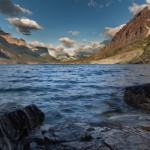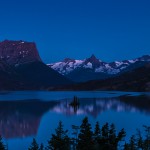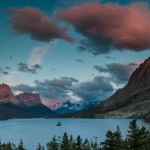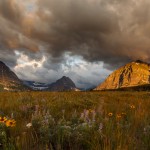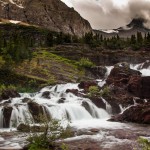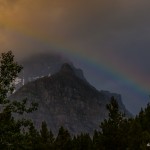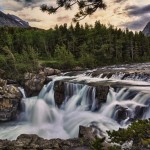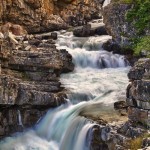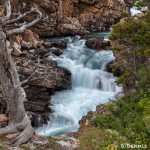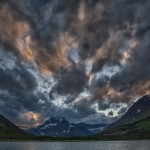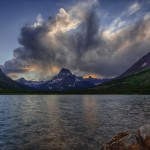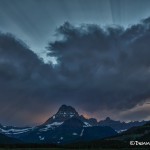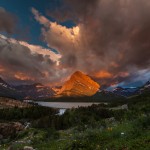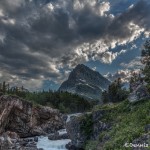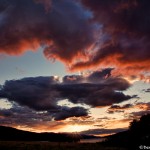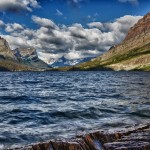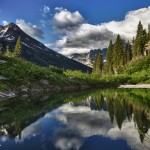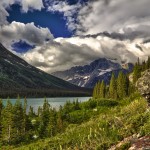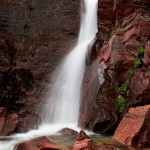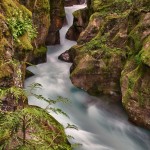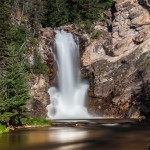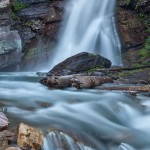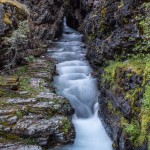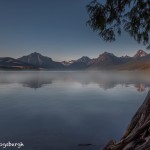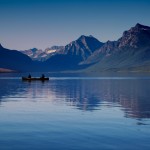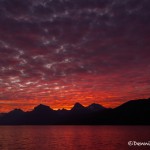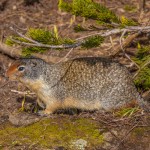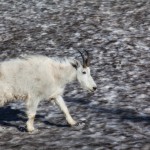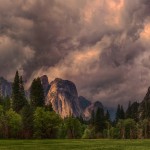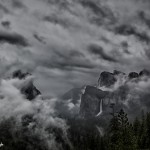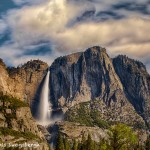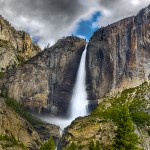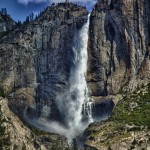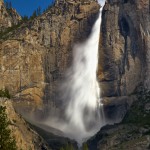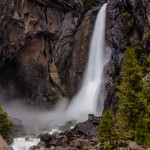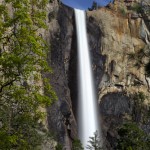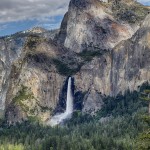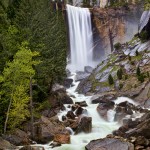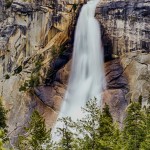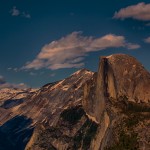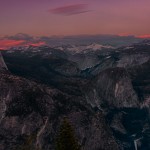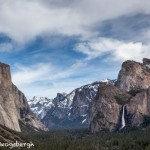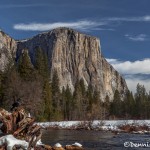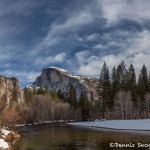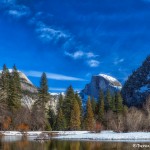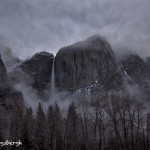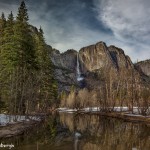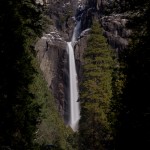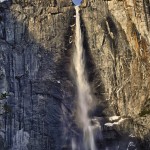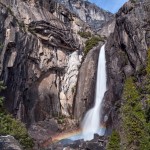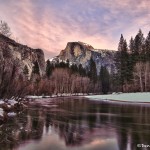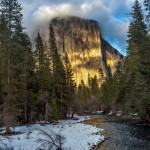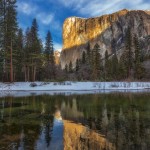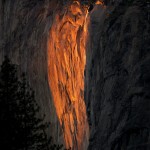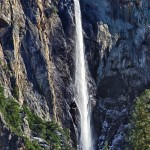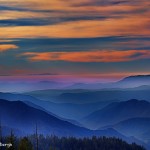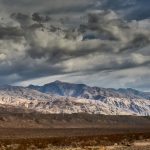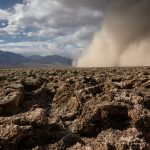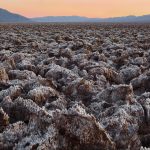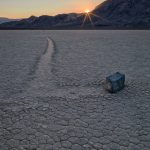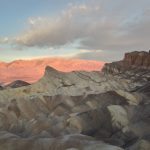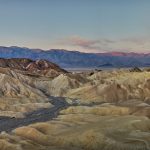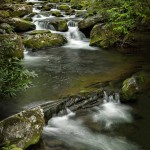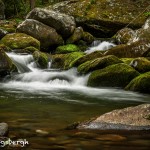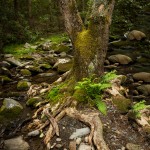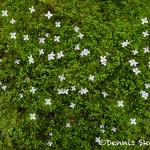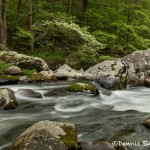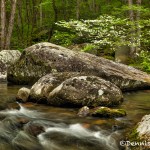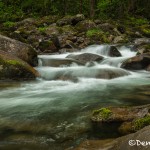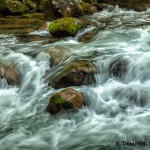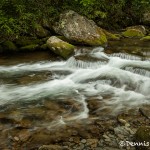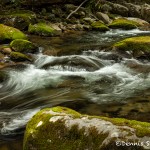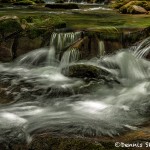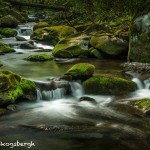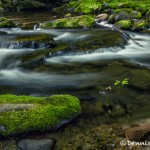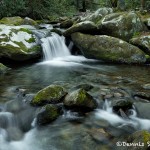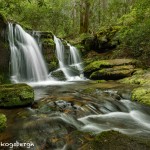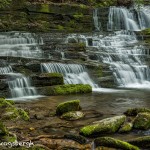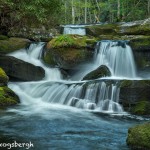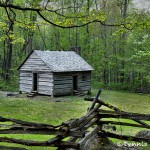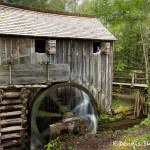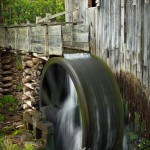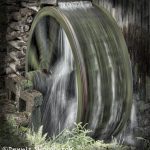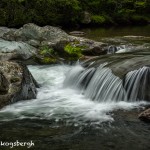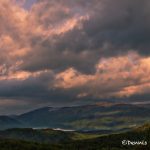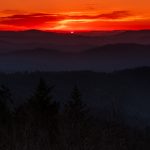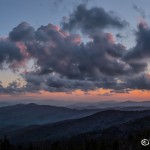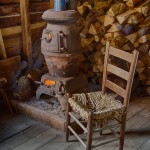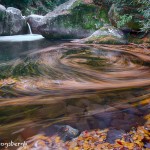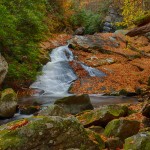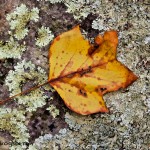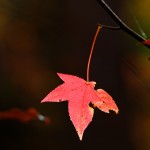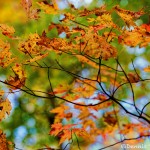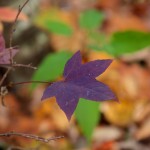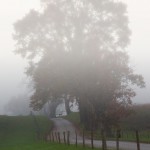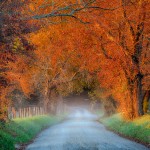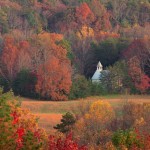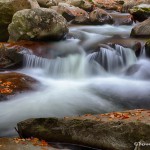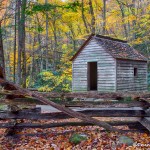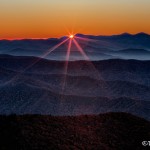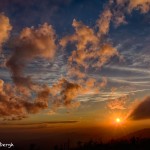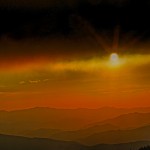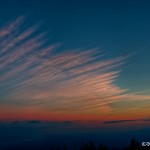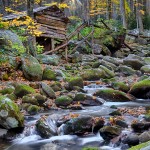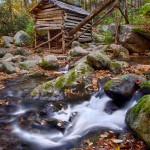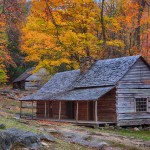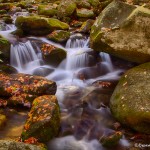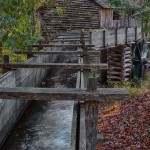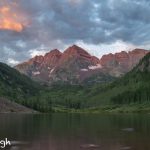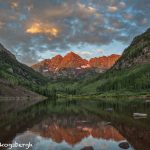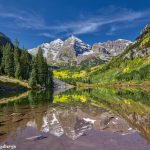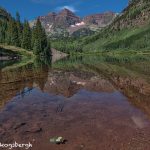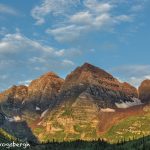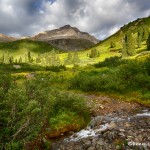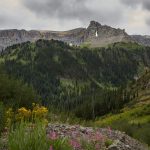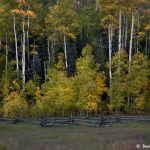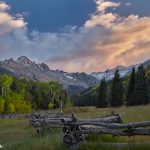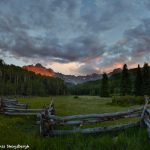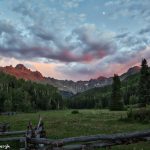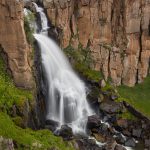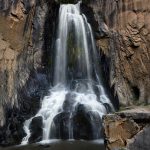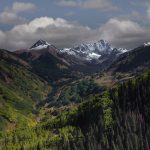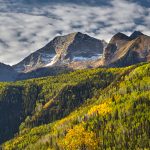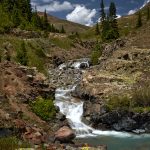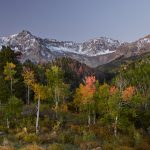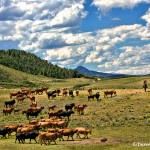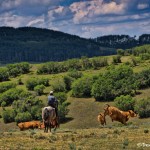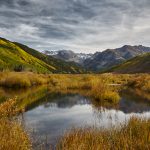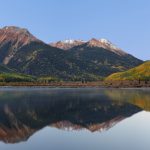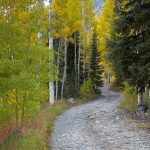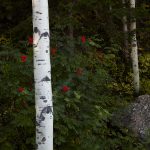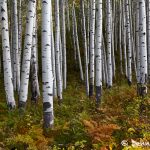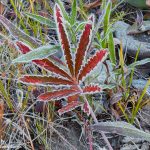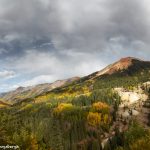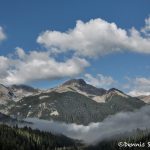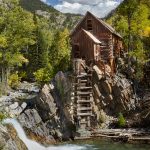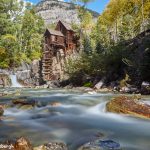21
Glacier National Park is located in Montana just south of the Canadian border adjacent to Waterton Lakes National Park. The park encompasses over a million acres and includes parts of two mountain ranges (sub-ranges of the Rocky Mountains) and over 130 named lakes. This collection of images was captured in July of 2011.
- 2163 St. Mary’s Lake
- 2167 Dawn, Wild Goose Island
- 2165 Sunset, Wild Goose Island
- 2162 Sunrise, Wild Goose Island
- 1016 Storm Clouds, Two Medicine Lake.
- 2161 Storm Clouds at Sunset
- 2160 Sunrise
- 2159 Redrock Falls
- 2156 Rainbow, Two Medicine
- 1049 Swiftcurrent Falls, Many Glacier.
- 1050 Swiftcurrent Falls, Many Glacier Valley.
- 4406 Swiftcurrent Falls
- 4408 Two Medicine Lake
- 2154 Storm Clouds, Two Medicine Lake
- 4625 Sunrise, Storm Clouds, Two Medicine
- 2155 Sunrise, Grinnell Peak, Two Medicine Lake
- 4407 Two Medicine
- 1054 Sunrise.
- 1053 Sunrise.
- 1058 St. Mary Lake, Wild Goose Island
- 1058 Mt. Gould, Lake Josephine.
- 1057 Mt. Gould.
- 1056 Lake Josephine.
- 1052 Redrock Falls.
- 1048 Avalanche Creek.
- 2166 Running Eagle Falls
- 1112 Running Eagle Falls.
- 5294 Baring Waterfall
- 2173 Mountains Stream
- 4405 Cascade
- 4626 Cascade, Glacier NP
- 4403 Sunrise, Lake McDonald
- 1014 – Evening, Lake McDonald
- 4404 Sunrise, Lake McDonald
- 2168 Columbian Ground Squirrel (Spermophilus columbianus)
- 2169 Columbian Ground Squirrel (Spermophilus columbianus)
- 2172 Young Mountain Goat (Oreamnos americanus)
- 2171 Young Mountain Goat (Oreamnos americanus)
- 2152 Cinnamon-colored American Black Bear
26
Yosemite National Park has nice photographic options regardless of the season. Each season, however, has good points and bad points. The accessibility to Glacier Point and Tioga Pass is questionable in June and there may be lingering snow. The Valley is greening up with trees blooming and wildflowers out; furthermore, the water flow should be spectacular. All this before the explosion of crowds.
- 1813 June Storms, ‘Tunnel View’
- 1815 June Storm Clouds, Yosemite Valley
- 1822 Storm Clouds, ‘Tunnel View’, June
- 1818 Upper Yosemite Falls, June
- 1817 Upper Yosemite Falls, June
- 1103 Upper Yosemite Falls, June
- 2307 Upper Yosemite Falls
- 1106 Upper Yosemite Falls
- 2308 Lower Yosemite Falls, June
- 1811 Bridalveil Fall, June
- 1809 Bridalveil Fall from the ‘Tunnel View’, June
- 1111 Vernal Falls
- 1821 Merced River Downstream from Vernal Falls
- 1820 Nevada Falls, June
- 1816 Half Dome from Sentinal Bridge, June
- 1819 Sunset, Glacier Point, Half Dome
- 1812 Sunset, Half Dome, Glacier Point, June
23
The good and the bad. Glacier Point and Tioga Roads are closed during the winter months, but the Valley remains accessible by motor vehicle. Water levels may be low, but are usually still flowing. Snow may prevent hiking, but snow can create very special scenes for photography: developing and clearing storms, and the aftermath of newly fallen snow. These images were obtained the first week of February. Water flow was very good but after the first day there was no additional snow. Actually I have seen better snow during a November shoot.
- 4242 Tunnel View, Yosemite National Park
- 4242 Tunnel View, Yosemite National Park
- 4244 Valley View, Yosemite National Park
- 4245 Half Dome, Yosemite National Park
- 4252 Half Dome
- 4248 Yosemite Falls
- 4246 Yosemite Falls, Yosemite National Park
- 4248 Yosemite Falls from Swinging-Bridge
- 1069 Yosemite Falls, Winter
- 1070 Winter, Upper Yosemite Falls
- 1072 ‘Snow-cone’ Upper Yosemite Falls
- 4253 Winter, Lower Yosemite Falls
- 1807 Winter Evening, Half Dome and Valley from Columbia Point
- 4254 Sunset, Half Dome
- 1082 Evening, Half Dome
- 1078 Dusk, Alpenglow, Half Dome
- 2306 Moonlit Half Dome
- 4249 Sunrise, Catheral Rocks and Spires
- 4251 Sunset, El Capitan
- 4250 January Sunrise, El Capitan
- 1824 Horsetail Falls, February
- 1823 Bridalveil Fall
- 1079 Cascade Falls
- 1077 Cascade Falls
- 1075 Sunset, Fog, Looking West on Hwy 41
- 1806 Ice Pattern, January, Merced River
20
Death Valley (National Park) has been labeled a land of extremes: record heat, continuous drought, and the lowest point in North America. Yet, just adjacent to the lowest point at Badwater Basin, snow covered Telescope Peak rises to more than eleven thousand feet with a vertical drop of more than twice the depth of the Grand Canyon; a striking contrast. The geological phenomena of the ‘racetrack’, the potential of fields of wildflowers after a rare rainstorm, the nearby ghost towns, sand dunes and the wonderful multicolored rock formations provide great photographic venues. Images in this portfolio were obtained in February, 2012.
- 9175 Death Valley National Park
- 9176 Sunset, Abandoned Truck
- 9177 Sunset, Abandoned Vehicle
- 9190 Abandoned Truck
- 9178 Sand Pattern
- 9179 Sand Pattern, Death Valley National Park, CA
- 9180 Badwater Salt Pan, Death Valley National Park, CA
- 9181 Sand Storm Over Devils Golf Course
- 9182 Sand Storm Over Devils Golf Course
- 9188 Sunset, Devil’s Golf Course
- 9184 Sunset, Sand Dunes
- 5534 Sunrise, Sand Dunes
- 5559 Sunset, Race Track
- 9185 Sunset, Race Track
- 9186 Sunrise, Zabriskie’s Point
- 9187 Dawn, Zabriskie’s Point
- 9191 Dawn, Zabriskie’s Point
- 9189 Sunset, Artist’s Palette
20
Layer after layer and ridge after ridge of forest straddles the border between North Carolina and Tennessee in Great Smoky Mountains National Park. It is renowned for wide diversity of plant and animal life, the beauty of its ancient mountains, Fall color change begins above 4,000 feet and progresses to lower levels. Peak color display at mid and lower elevations occurs between mid-October and early November and includes an amazing diversity of deciduous trees: sugar maple, scarlet oak, sweetgum, red maple, and hickory. These images were obtained at peak fall color change (October), and at the peak of the spring rebirth (May); 2012 and 2016 respectively.
- 5331 Cascade, Spring
- 5332 Cascade, Spring
- 5333 Cascade, Spring
- 5295 Greenbriar Cascade, Spring
- 5296 Greenbriar Cascade, Spring
- 5309 Tree Stump, Great Smoky Mountains National Park, TN
- 5314 Tree, Sam’s Creek, Spring
- 5335 Springtime Flowers
- 5316 Cascade, Spring
- 5315 Spring, Great Smoky Mountains National Park
- 5308 Cascade, Spring
- 5307 Cascade, Spring
- 5306 Cascade, Spring
- 5305 Cascade, Spring
- 5304 Cascade, Spring
- 5303 Cascade, Spring
- 5302 Cascade, Spring
- 5299 Cascade, Spring
- 5310 Cascade, Spring
- 5298 Spring, Rhododendron Creek Waterfall
- 5313 Spring, Rhododendron Creek Waterfall
- 5317 Cascade, Spring
- 5318 Cascade, Spring
- 5319 Cascade, Spring
- 5301 Jim Bales Historic Cabin, Spring
- 5300 Bales Cemetery
- 5321 Grist Mill, Cade’s Cove, Spring
- 5320 Grist Mill, Cade’s Cove
- 5351 Grist Mill, Cades Cove
- 5323 Carter Shield’s Cabin, Spring
- 5324 Cascade
- 5325 Cascade, Spring
- 5328 Cascade, Spring
- 5329 Waterfall, Spring
- 5327 Sunrise, Spring
- 5330 Sunrise, Spring
- 5322 Sunrise, Spring
- 5350 Sunrise, Spring
- 5349 Sunrise, Clingman’s Dome
- 5297 Sunrise, Clingman’s Dome
- 5312 Sunset, Clingman’s Dome
- 5311 Sunset, Clingman’s Dome
- 5334 Sunset, Clingman’s Dome, Spring
- 1699 Mingus Mill
- 1697 Mingus Mill
- 1722 Mingus Grist Mill
- 1694 Wooden Flume of Mingus Grist Mill
- 1700 Mingus Mill Spillover
- 1703 Autumn Color
- 1704 Autumn Color
- 1705 ‘Midnight Hole’, Big Creek
- 1706 Lynn Camp Prong Cascade with Autumn Color
- 1707 Lynn Camp Prong Cascades with Autumn Color
- 1708 Cascade with Autumn Color
- 1698 Autumn Color, Cascades
- 1709 Cascade and Autumn Color
- 1710 Autum Color
- 1711 Autumn Color
- 1712 Autumn Color
- 1713 Autumn Color
- 1714 Autumn Color
- 1717 Foggy Morning, Hyatt Lane
- 1718 Sunset, Spark’s Road
- 1719 Evening, Primitive Baptist Church, Cade’s Cove
- 1721 Autumn Color, Greenbriar
- 1724 Autumn, Greenbriar Stream
- 6088 Fall Color Water Reflections
- 1725 Roaring Forks (Alfred Reagan’s) Tub Mill
- 1726 Roaring Forks (Alfred Reagan’s) Tub Mill
- 1727 Autumn, Roaring Forks (Alfred Reagan’s) Tub Mill
- 1729 Mountain Stream
- 1695 November Sunrise, Clingman’s Dome
- 1696 November Dawn, Clingman’s Dome
- 1730 Sunset, Clingman’s Dome
- 1731 Sunset, Clingman’s Dome
- 1732 Sunset Color, Clingman’s Dome
- 1733 Sunrise, Clingman’s Dome
- 1715 Bud Ogle’s House
- 1716 Bud Ogle’s Grist Mill
- 1728 Bud Ogle’s Grist Mill
- 1734 Noah ‘Bud’ Ogle’s Cabin
- 1735 Inside Noah ‘Bud’ Ogle’s Cabin
- 1736 Autumn Color
- 1737 Cascades and Autumn Color
- 1738 Wagon Wheel, Cade’s Cove
- 1739 Grist Mill, Cade’s Cove
- 1720 Grist Mill, Cade’s Cove
- 1740 Grist Mill, Cade’s Cove
26
The San Juan Mountains represent the most extensive mountainous region of the Rocky Mountains – rugged, remote and wild. They lie in southwest Colorado and contain 328 peaks over 13,000 feet, 14 over 14,000. Undoubtedly they are Colorado’s finest mountain range with unsurpassed beauty and enough peaks, lakes, waterfalls, and open meadows to nourish one’s mountain climbing, 4-wheeling, backpacking and photography desires. Add in ghost mining towns and hopefully some wildflowers and the photographer’s venue is complete. Our trip to the San Juans (and other locations including the Maroon Bells) in July of 2012 lacked the typical volume of wildflowers, but the weather was great and the scenery was beautiful.
- 5345 Sunrise
- 5343 Sunrise, Maroon Bells,
- 7241 Maroon Bells
- 5346 Maroon Bells
- 7242 Maroon Bells
- 5344 Maroon Bells
- 1432 July, Yankee Boy Basin
- 1431 July, Yankee Boy Basin
- 7273 Yankee Boy Basin
- 7272 Road to Yankee Boy Basin
- 5342 Bridal Veil Falls
- 7240 Autumn Colors
- 7239 Sunset, Mt. Sneffles
- 7245 Sunset
- 7270 Sunset, Mt. Sneffels Wilderness Area
- 7268 Sunset, Mt. Sneffels Wilderness Area
- 7269 Sunset, Mt. Sneffels Wilderness Area
- 7267 North Clear Creek Falls
- 9265 South Clear Creek Falls, Near Creedo, CO
- 9266 South Clear Creek Falls
- 7249 Capitol Peak
- 7258 Autumn, San Juan Mountains
- 7259 Autumn, San Juan Mountains, CO
- 7264 San Juan Mountains
- 7246 Autum Sunrise
- 7248 Autum, Dallas Divide, CO
- 7250 Autum, Dallas Divide
- 7252 Autumn
- 1406 Cowboys Driving Cattle
- 1405 Cowboy Driving Cattle
- 7247 Autum, San Juan Mountains
- 7251 Crystal Lake
- 7260 Autumn Colors, San Juan Mountains
- 7262 Autumn Colors, San Juan Mountains
- 7261 Autumn Colors, San Juan Mountains
- 7263 Autumn Colors, San Juan Mountains
- 7254 Autumn, Frost
- 7253 Autumn, Red Mountain Pass
- 1402 Road to Crystal Lake
- 5338 Waterfall
- 5341 Morning Fog
- 7256 Crystal Mill
- 7257 Crystal Mill

